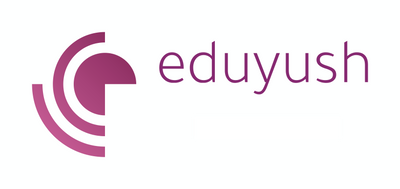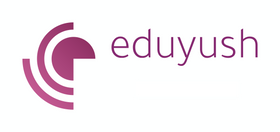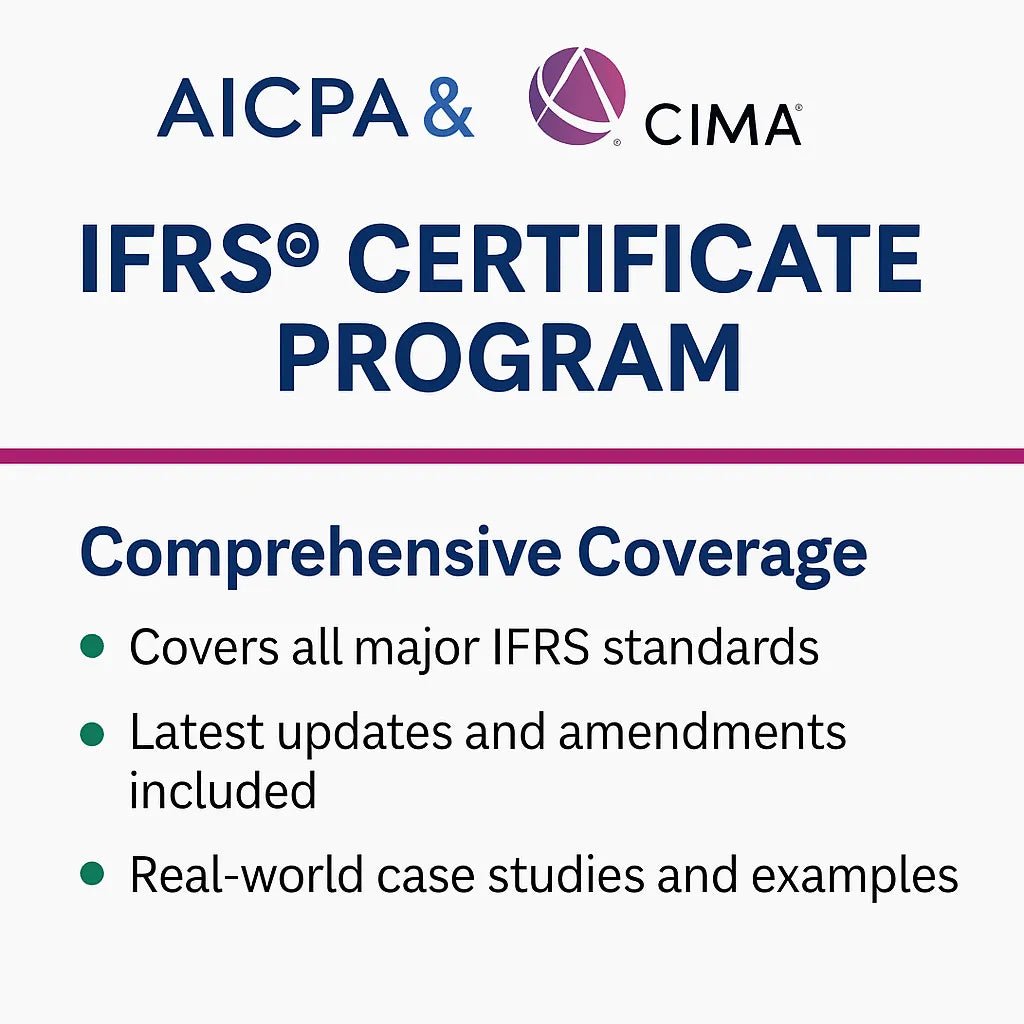Ergonomic Desks for Students: Boost Study Productivity & Health
Study Smarter, Work Healthier: Why Ergonomic Desks Are the Upgrade Every Learner Needs
In Australia’s dynamic education landscape, students preparing for professional certifications like CPA, CA, or MBA face the demands of hybrid learning, online courses, and intense self-study. Yet, the workspace where these hours are spent is often an afterthought. A cluttered desk or uncomfortable chair can sap focus, increase fatigue, and undermine academic success. Ergonomic desks offer a transformative solution, turning study spaces into hubs of productivity and wellbeing. This article explores how sit-stand desks for students boost study productivity, supported by Australian research and practical insights for learners and institutions.
The Learning Environment Has Changed
The rise of online courses and remote classrooms has reshaped how Australians study. The Australian Bureau of Statistics (ABS) reports that 65% of tertiary students engaged in online learning in 2024, spending over six hours daily on screens. This shift has increased sedentary behaviour, with Safe Work Australia noting that prolonged sitting contributes to 50% of musculoskeletal complaints among students and desk-based workers. For learners tackling professional exams in Sydney or self-studying in Perth, these conditions can lead to physical discomfort and cognitive fatigue.
Sedentary setups impact mental performance. A 2023 University of Melbourne study found that students in poorly designed workspaces reported 20% higher levels of mental fog, affecting memory retention and problem-solving. As hybrid learning grows, students in Brisbane’s co-working spaces, Darwin’s home offices, or Townsville’s libraries need environments that support focus and health. Ergonomic upgrades are becoming essential to meet these challenges and enhance academic outcomes.
In smaller cities like Geelong, where community colleges and study hubs are gaining traction, students face similar issues. Cluttered or static workspaces hinder concentration, particularly for adult learners balancing work and study. Investing in ergonomic solutions can level the playing field, ensuring all students have access to environments that foster success.
The Science Behind Ergonomic Desks
Ergonomic furniture isn’t just for offices—it’s a game-changer for students. Research from Monash University (2024) shows that posture directly affects cognitive performance, with poor alignment linked to reduced focus and increased fatigue. Ergonomic sit-stand desks designed for focused study and productivity address this by allowing seamless transitions between sitting and standing, promoting blood flow and reducing strain. A 2024 University of Sydney study found that sit-stand desk users experienced 25% less lower back pain and 15% improved concentration compared to traditional desk users.
These desks correct posture by aligning the spine and reducing neck strain, crucial for students staring at screens for hours. Standing breaks enhance circulation, delivering oxygen to the brain, which boosts memory encoding and problem-solving, per a 2023 Australian National University study. In Australia’s warm climate, standing prevents the lethargy of prolonged sitting, especially in humid cities like Brisbane or Cairns. Adjustable desks also minimize eye strain by enabling optimal screen positioning, aligning with WorkSafe Australia’s ergonomic guidelines for healthy workstations.
For students, these benefits translate to longer study sessions without burnout. The ability to adjust desk height ensures a neutral wrist position, reducing the risk of repetitive strain injuries, which Safe Work Australia identifies as a growing concern for young learners in digital environments.
Real-World Impact: From Exam Prep to Deep Work
For students preparing for high-stakes exams like CPA or CA, the right workspace is critical. Emma, a Melbourne-based MBA student, studies late into the night. After switching to a sit-stand desk, she noticed a difference. “Standing for an hour while reviewing case studies keeps me alert,” she says. “I’m less burnt out and retain more.” Her experience aligns with a 2023 University of Queensland study, which found that dynamic workstations reduced study-related burnout by 18% and improved retention by 12%.
In Adelaide’s university libraries, sit-stand desks are becoming standard, helping students like Liam, a CA candidate, stay focused during marathon revision sessions. “The ability to stand prevents that mid-afternoon slump,” he says. Organized workspaces aid memory encoding—students with clutter-free desks perform better on recall tasks, per a 2024 ANU study. In Darwin’s home offices or Sydney’s co-working spaces, these desks create distraction-free environments for deep work and exam success.
Institutional settings also see gains. A Brisbane TAFE integrated sit-stand desks into study halls, reporting a 15% increase in student engagement, per feedback. In Townsville, a community college adopted similar setups, noting improved student focus during group study sessions. A Geelong study hub reported a 10% rise in exam pass rates after introducing ergonomic desks, highlighting their impact across diverse learning contexts.
Practical Advice for Students and Institutions
Creating an ergonomic study space is achievable on a budget. Here’s how to start:
- Choose Adjustable Desks: Select sit-stand desks with smooth height transitions, ensuring elbows are at a 90-degree angle for typing comfort.
- Optimize Screen Positioning: Place monitors at eye level, 50–70 cm away, to reduce neck and eye strain, perWorkSafe Australia guidelines.
- Add Supportive Accessories: Use anti-fatigue mats for standing comfort and cable organizers for clutter-free spaces, enhancing focus.
- Budget-Friendly Options: Students can choose compact sit-stand desks for small apartments in Sydney or Perth, starting at affordable price points.
- Institutional Upgrades: Universities and TAFEs can pilot sit-stand desks in libraries or study rooms, tracking engagement to justify broader adoption.
- Incorporate Breaks: Encourage 10-minute standing breaks every hour to boost circulation and cognitive performance, per research recommendations.
For students in Canberra’s co-working hubs or Hobart’s libraries, portable desk converters offer flexibility for shared spaces. Institutions can integrate ergonomic training into orientation programs, teaching students to adjust desks for optimal posture, as suggested by WorkSafe Australia. In regional areas like Townsville, budget-conscious setups with modular desks can transform community study spaces, supporting adult learners and certification candidates.
Conclusion: Rethink Your Study Space
In Australia’s hybrid learning landscape, a well-designed workspace is a tool for academic success. Ergonomic desks reduce fatigue, enhance focus, and support long-term health, helping students excel in exams and deep work. From Melbourne’s libraries to Geelong’s study hubs, these upgrades empower learners to study smarter and work healthier. Investing in a workspace that prioritizes study productivity is an investment in future success.
FAQs
ACCA blogs
Follow these links to help you prepare for the ACCA exams
IFRS blogs
Follow these blogs to stay updated on IFRS
Formats
Use these formats for day to day operations
- Account closure format
- Insurance claim letter format
- Transfer certification application format
- Resignation acceptance letter format
- School leaving certificate format
- Letter of experience insurance
- Insurance cancellation letter format
- format for Thank you email after an interview
- application for teaching job
- ACCA PER examples
- Leave application for office
- Marketing manager cover letter
- Nursing job cover letter
- Leave letter to class teacher
- leave letter in hindi for fever
- Leave letter for stomach pain
- Leave application in hindi
- Relieving letter format
Interview questions
Link for blogs for various interview questions with answers
- Strategic interview questions
- Accounts payable interview questions
- IFRS interview questions
- CA Articleship interview questions
- AML and KYC interview questions
- Accounts receivable interview questions
- GST interview questions
- ESG Interview questions
- IFRS 17 interview questions
- Concentric Advisors interview questions
- Questions to ask at the end of an interview
- Business Analyst interview questions
- Interview outfits for women
- Why should we hire you question
leave application format
- Leave application for office
- Leave application for school
- Leave application for sick leave
- Leave application for marriage
- leave application for personal reasons
- Maternity leave application
- Leave application for sister marriage
- Casual leave application
- Leave application for 2 days
- Leave application for urgent work
- Application for sick leave to school
- One day leave application
- Half day leave application
- Leave application for fever
- Privilege leave
- Leave letter to school due to stomach pain
- How to write leave letter
Insurance blogs
- Sample letter of appeal for reconsideration of insurance claims
- How to increase insurance agent productivity
- UAE unemployment insurance
- Insurance cancellation letter
- Insurance claim letter format
- Insured closing letter formats
- ACORD cancellation form
- Provision for insurance claim
- Cricket insurance claim
- Insurance to protect lawsuits for business owners
- Certificate holder insurance
- does homeowners insurance cover mold
- sample letter asking for homeowner right to repair for insurance
- Does homeowners insurance cover roof leaks













Leave a comment